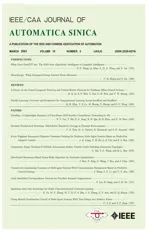An Early Minor-Fault Diagnosis Method for Lithium-Ion Battery Packs Based on Unsupervised Learning
2023-03-27XinGuYunlongShangYongzheKangJinglunLiZihengMaoandChenghuiZhang
Xin Gu, Yunlong Shang, Yongzhe Kang, Jinglun Li,Ziheng Mao, and Chenghui Zhang
Dear Editor,
Any fault of a battery system that is not handled timely can cause catastrophic consequences.Therefore, it is significant to diagnose battery faults early and accurately.Due to the complex nonlinear features and inconsistency of lithium batteries, traditional fault diagnosis methods usually fail to detect battery minor faults in the early stages.Therefore, this letter proposes a real-time unsupervised learning diagnosis approach for early battery faults based on improved principal component analysis.The technique rotates the battery pack voltage sequence into a new coordinate space through linear combination, while the detection metrics of square prediction errors and modified contribution plots are employed to achieve minor fault traceability.In addition, the training sample relies on the voltage sequence of the battery health state instead of the fault data, which is difficult to collect.Moreover, this approach can not only locate the battery cell where the fault occurs but also diagnose battery open-circuit and short-circuit faults as well as the occurrence and duration of the fault in real-time.Furthermore, the feasibility and stability of the proposed method are verified by applying different experimental data.In summary, the presented approach provides an easy-to-implement option that does not require accurate mathematical modeling,expert understanding, and complex computational processes.
Related work: Faced with the scientific challenge of accelerated worldwide energy transition and deep decarbonization (i.e., a reduction of CO2emissions by about 8% per year), electric vehicles have become the future development trend and the focus of global competition [1] and [2].Currently, a lithium-ion pack is the first choice for an electric vehicle power source.However, according to incomplete statistics, 52% of electric vehicle faults come from lithium batteries[3].The lithium-ion battery system is a kind of complex structure with high nonlinearity and multiple individual hybrid connections.Hence, the early minor battery faults are hidden, gradual, and propagated, which was exceedingly difficult to trace the faults.Most existing battery management systems detect battery faults based on a voltage threshold, which can only be detected when the battery fault has progressed to a certain level.However, at this time, the battery fault has had an extremely serious and even irreversible impact on the life of the lithium battery [4] and [5].In addition, the fault of the battery may also cause a safety accident in the early stage [6].Therefore, it is urgent to develop a fast and accurate diagnosis method for battery minor faults in the early stages.
Common battery faults mainly include overvoltage, undervoltage,external short circuit, internal short circuit, open circuit, connection fault, sensor fault, etc.Previous studies have introduced many battery fault detection methods, which can be divided into two categories: 1) model-based methods [7] and [8], 2) data-driven-based approach [9] and [10].Model-based methods compare residual signals with measured values or compare parameters (e.g., battery capacity, internal resistance) calculated by different algorithms.While the previous studies have achieved good diagnostic results,these methods are highly dependent on accurate mathematical models, which are susceptible to battery aging, external environment, etc.What’s more, the technique is only suitable for specific battery faults,which has poor applicability.In practical applications, it is difficult to build an exact battery model.Hence, this model-based approach is strenuous to apply to the battery management system of electric vehicles.With the development of the data age, data-driven methods have been employed to diagnose battery faults.It can be noted that the above method has the following problems.1) These methods require a large amount of hard-to-capture raw fault battery data to train the model; 2) For a neural network model, only the trained type of the fault can be predicted; 3) The data-driven diagnosis method has high computational complexity, which contradicts the battery management system with limited computing power.
To solve the above problems, an unsupervised learning real-time battery fault diagnosis method is proposed in this letter.The square prediction errors (SPE) statistical evaluation method of principal component analysis was utilized to detect battery faults, which has an adaptive threshold based on data statistics, without human subjective intervention.At the same time, the battery fault type is determined by the improved contribution rate.The main contributions of this letter can be summarized as follows: 1) A practical unsupervised learning method is proposed to detect battery early minor faults.2) The improved contribution rate of principal components can locate faulty battery cells and detect the fault type.Meanwhile, the approach can diagnose the occurrence and duration of battery fault, which has low computational complexity, excellent real-time performance, and strong practicability.
Proposed battery fault diagnosis method:
Off-line principal component modeling: As a typical representative of unsupervised learning algorithms, principal component analysis invented by Karl Pearson is a wide algorithm for data feature extraction, which remains the critical information in a lower dimension.The raw data is separated into two data spaces: principal component subspace (PCS) and residual space (RS).The battery fault diagnosis method based on principal component analysis determines whether a fault occurs through the residual between the predicted and actual values.
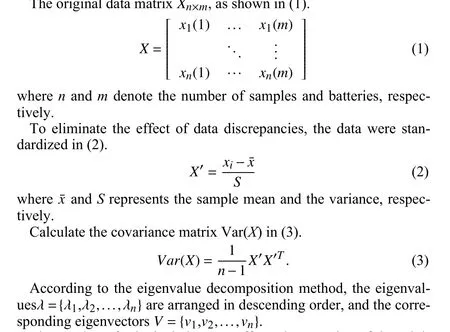
The number of principal elements affects the retention of the original data information, which is the key to build the principal element model.In general, the cumulative percent variance (CPV) is adopted to determine the number of principal elementsK.
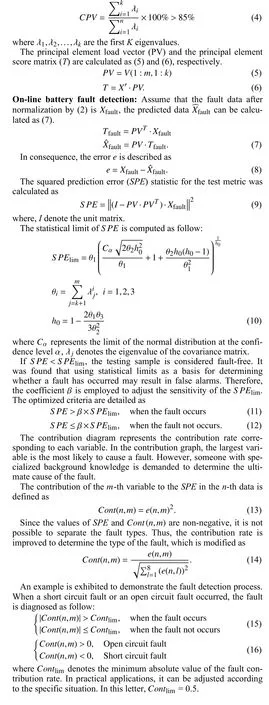
Experimental results:
Feasibility verification: As shown in Fig.1, the voltage value of eight 18650-type cells connected in series under UDDS operating conditions.Although there are obvious abnormalities in Voltage2and Voltage6visible to the naked eye, they do not exceed the BMS alarm threshold, which belongs to minor faults.Specifically, an open-circuit fault occurred in battery-2, which lasted about 16 s.A short-circuit fault occurred in battery-6, which lasted for 32 s approximately.When the open/short circuit fault is eliminated, the cell voltage returns to normal.It is worth noting that cell voltages do not reach the cut-off voltage in any fault condition.Therefore, conventional threshold-based detection methods cannot generate alarms.To verify the feasibility of the improved method in this letter, Fig.2 represents the battery faults diagnosis results of the conventional way, which detected two times faults.The first fault occurred att=314 s and lasted 16 s approximately.The second fault happened at aboutt= 898 s and lasted 32 s.However, this traditional method cannot detect what type of fault has occurred.
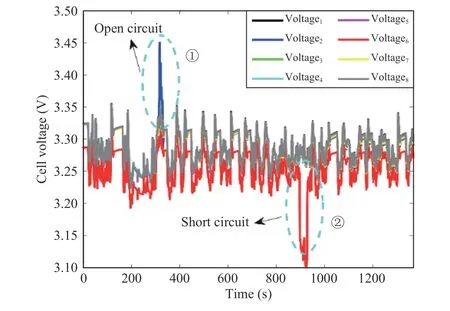
Fig.1.Cell voltages under UDDS drive cycles.
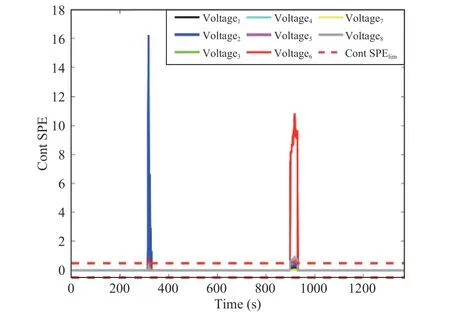
Fig.2.Traditional contribution diagram detection results.
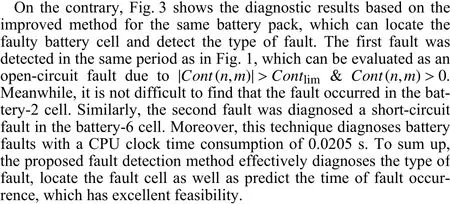
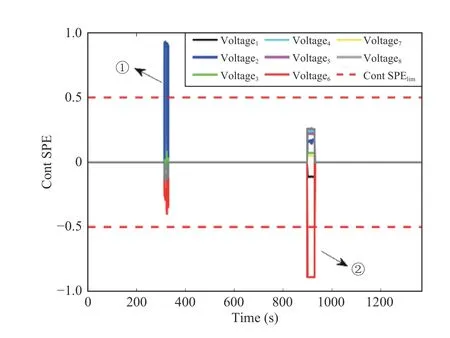
Fig.3.Improved contribution diagram detection results.
Stability verification: The external ambient temperature of the power battery is constantly changing in daily on-board work.Meanwhile, the performance of the battery is extremely sensitive to temperature changes.More importantly, the wide range of temperature changes can increase the possibility of battery fault.To highlight the stability of the proposed method under full climatic ambient temperature, Fig.4 demonstrates the battery fault diagnosis results under low temperatures.
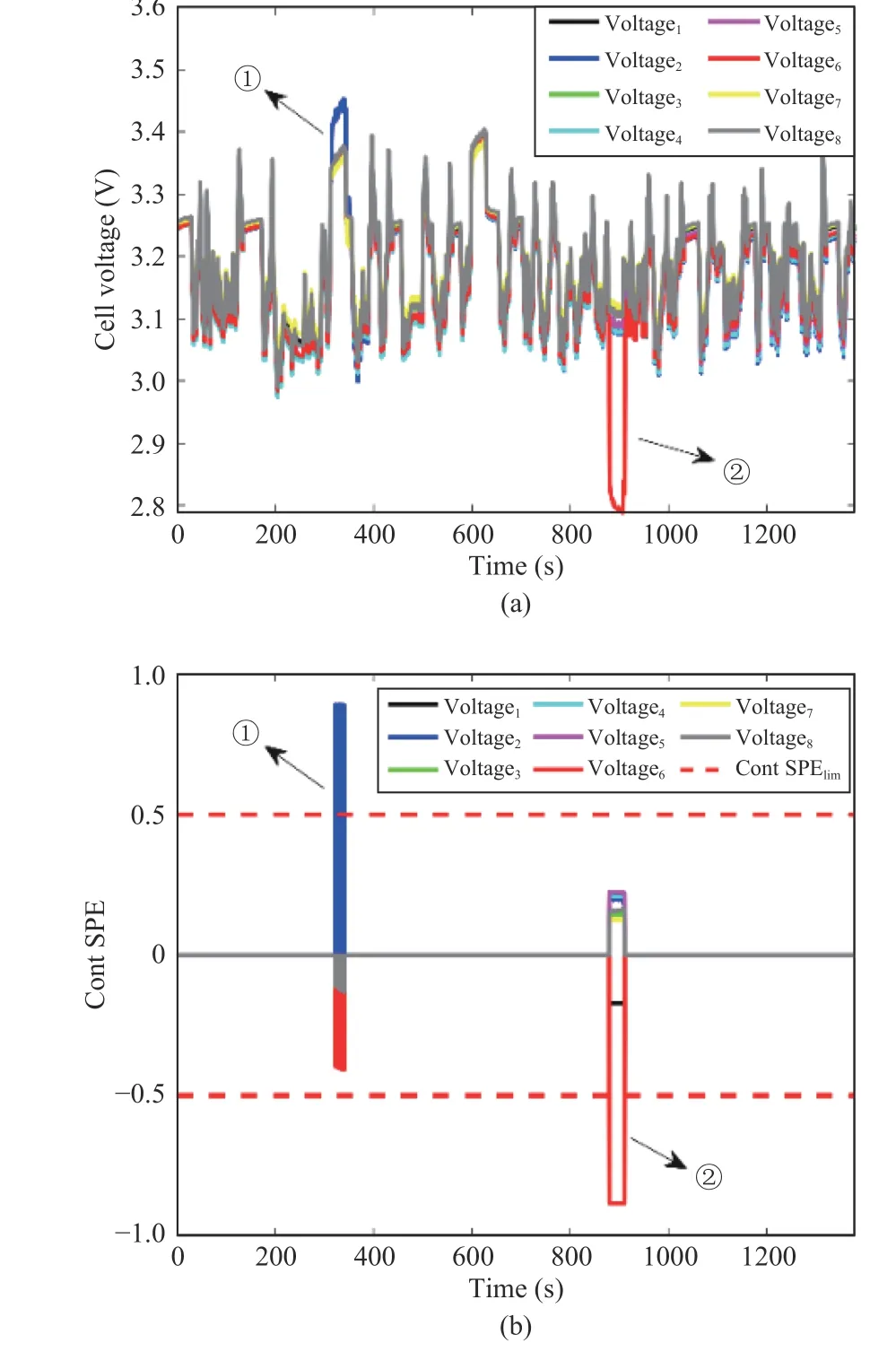
Fig.4.Fault diagnosis results at low temperature.(a) Battery voltage sequence at −10°C; (b) Battery fault detection results at −10°C.
Fig.4(a) shows the original cell voltage sequences at −10°C.Compared to Fig.1, it can be found that the voltage fluctuation becomes larger as the temperature decreases.Particularly, Fig.4(a) demonstrates a voltage sequence with a fluctuation range of about 0.4 V(3.00 V−3.40 V).This phenomenon illustrates that the working state of the battery is relatively stable in a high temperature environment.When the battery is in a low temperature environment, the state performance of the battery can be greatly affected.In addition, when a short-circuit fault occurs, the battery voltage fluctuation increases as the temperature decreases, which indicates that a serious short-circuit fault is likely to be derived from the low-temperature environment.
Fig.4(b) presents the battery fault detection result at −10 °C.For the fault ①, it can be clearly observed that the superlative battery fault diagnosis was achieved at an external environment of 25 °C,and the detection effect decreased as the temperature decreased.However, it is undeniable that the proposed method successfully detected the open-circuit battery fault at different temperatures.For the fault ②, the short-circuit battery fault was effectively diagnosed at any temperature.In short, this presented approach successfully diagnoses the fault in the battery pack, i.e., an open-circuit fault in battery-2 and a short-circuit fault in battery-6.It further illustrates that the proposed method can precisely locate and diagnose potential early faults in the battery under full climate.
Conclusion:In this letter, a real-time unsupervised learning battery early fault diagnosis method based on improved principal component analysis was proposed to locate fault cells and detect fault types, which can also predict the occurrence and duration of faults at the same time.The proposed method does not require an accurate battery model and a complex hardware system as well as a large amount of battery data, thus saving modeling time and hardware cost.The algorithm description, working principle, feasibility analysis, and stability analysis are given.The main conclusions can be summarized as:
1) This fault diagnosis scheme can detect the battery voltage in real-time by the improved principal component analysis, which can effectively discover early minor faults even if the battery voltage is within the rated safety range.
2) The proposed method can successfully diagnose early battery faults from different temperature, which proves the stability.
Acknowledgments:This letter was supported by the National Natural Science Foundation of China (62173211, 61821004, 62122041)and Natural Science Foundation of Shandong Province, China(ZR2021JQ25, ZR2019ZD09).
杂志排行
IEEE/CAA Journal of Automatica Sinica的其它文章
- Meta-Energy: When Integrated Energy Internet Meets Metaverse
- Cooperative Target Tracking of Multiple Autonomous Surface Vehicles Under Switching Interaction Topologies
- Distributed Momentum-Based Frank-Wolfe Algorithm for Stochastic Optimization
- A Survey on the Control Lyapunov Function and Control Barrier Function for Nonlinear-Affine Control Systems
- Squeezing More Past Knowledge for Online Class-Incremental Continual Learning
- Group Hybrid Coordination Control of Multi-Agent Systems With Time-Delays and Additive Noises
